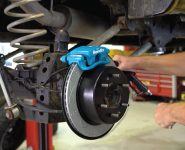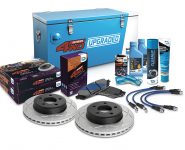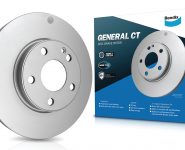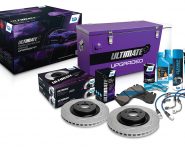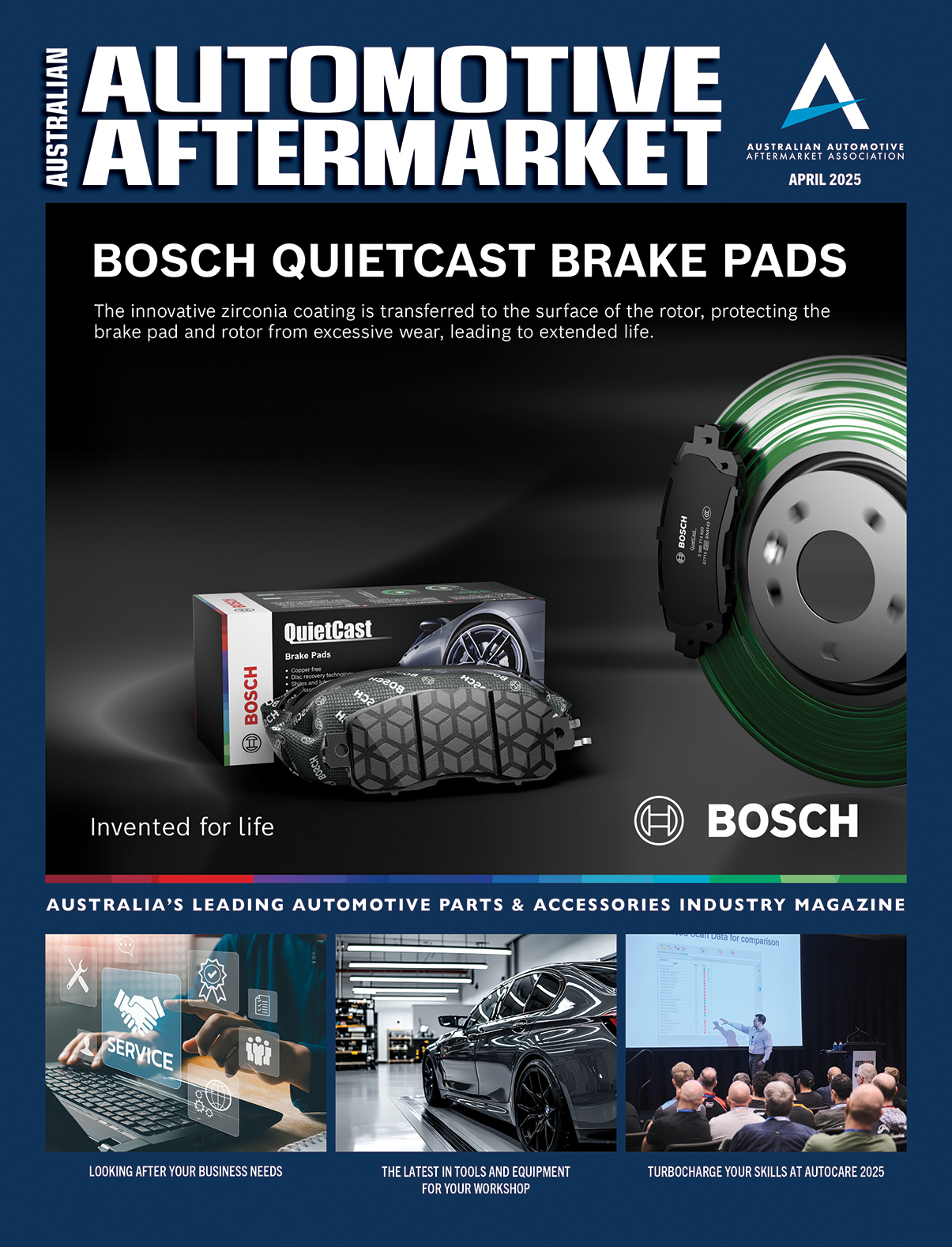BENDIX EXPLAINS BRAKE-BY-WIRE
For the majority of vehicles on Australian and New Zealand roads, braking is managed via a hydraulic system
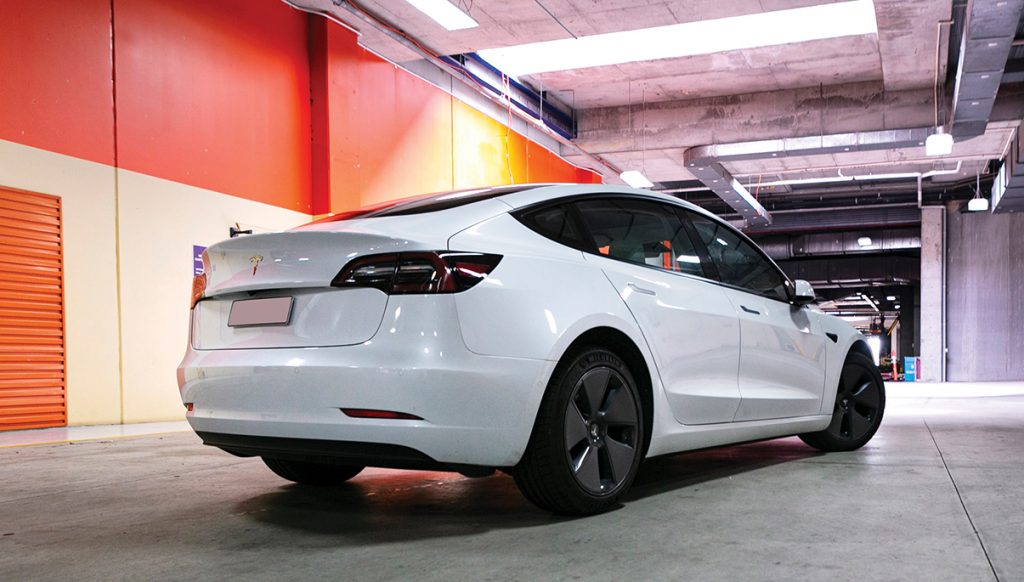
Bendix explains that applying the brake pedal activates a power booster that forces brake fluid through the master cylinder and combination valve, via brake lines to all four wheels.
More recent automotive developments though have seen the introduction of ‘brake-by-wire’ technology.
Brake-by-wire is more commonly found in hybrid and electric cars, although some internal combustion engine vehicles have also transitioned.
Several brands that have adopted brake-by-wire include EV and hybrid models by Toyota, Audi and Lexus as well as conventional powertrain models like Alfa Romeo’s Giulia and Stelvio, along with the Chevrolet C8 Corvette.
How does brake-by-wire work?
Simply explained, brake-by-wire uses electronics to control the braking system. When the brakes are applied the pressure is recognised by a position sensor; the resistance that’s actually felt by the driver on the pedal is artificial.
During the braking process, the system monitors the force on the pedal with this information then transferred to a brake control unit which calculates how much hydraulic pressure is applied to the brakes – an electric pump is then used to generate the pressure that will stop the vehicle. In electric and hybrid cars if the pressure is lighter, the regeneration system is engaged as a priority to recapture the energy back to the batteries.
As a safeguard in the unlikely event that the electronics fail in a brake-by-wire vehicle, the system maintains a physical connection between the pedal and the brakes themselves.
In case of failure, a valve opens that bypasses all the electronics, leaving the driver with a more conventional braking system.
Benefits of brake-by-wire
Bendix states there are several benefits to brake-by-wire systems, including improved responsiveness allowing for faster braking application when needed.
Under emergency braking applications, the brake-by-wire’s electric pump can apply more brake force than conventional systems, reducing stopping distances.
Brake pedal feel is also more natural as brake-by-wire eliminates the sometimes harsh pulses felt by conventional ABS systems under heavy braking.
Engineers can also ‘tune’ brake pedal feel and can allow the braking system to be integrated into vehicle driving modes to suit a particular style of driving.
Brake-by-wire can also potentially deliver brake system maintenance savings by integrating certain braking components, which is particularly attractive in performance orientated vehicles.
To learn more, visit www.bendix.com.au



